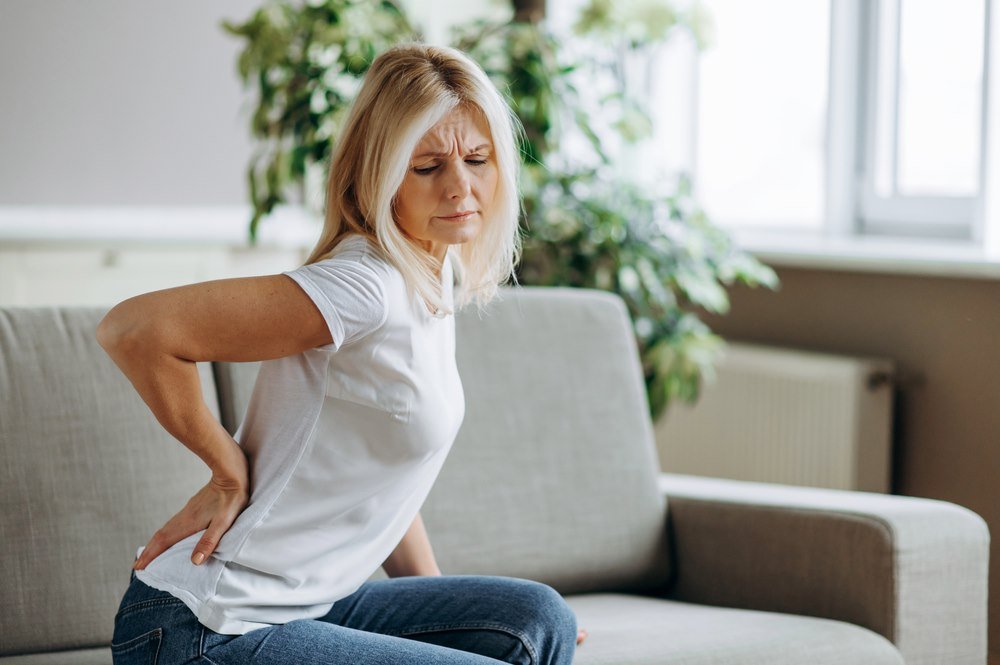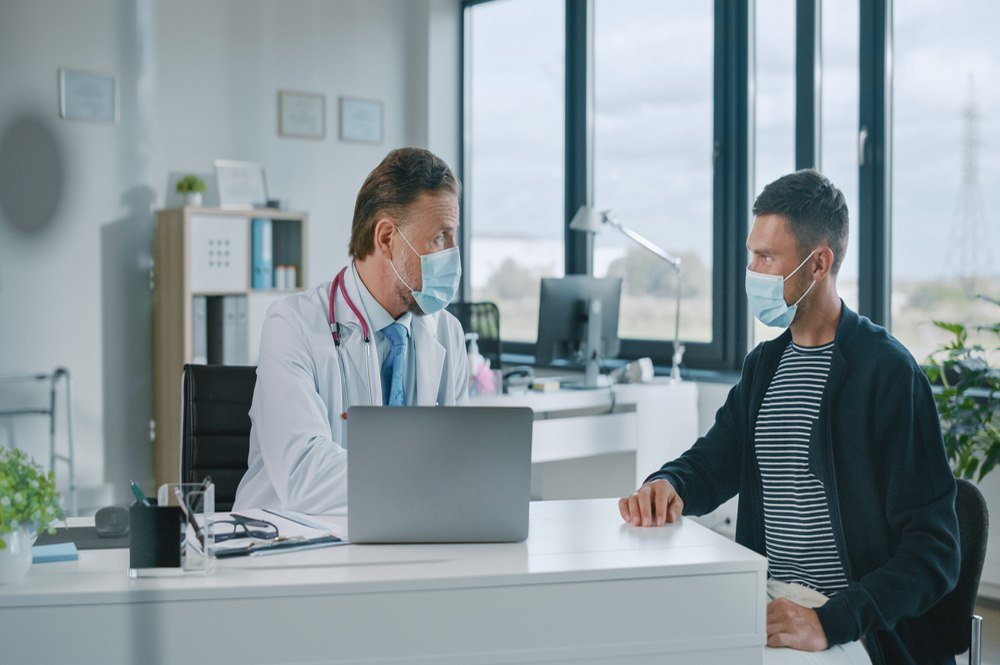Osteoporosis Risk Factors

Here’s a comprehensive overview of osteoporosis risk factors. [7]
Postmenopausal females
Osteoporosis is more common in women as compared to men. After menopause the ovaries produce insufficient estrogen. Estrogen triggers the osteoblast which helps to produce bone cell efficiently. Moreover, estrogen maintains the rate of formation of bone through osteoblasts and resorption through osteoclasts. So in case of a fall in estrogen level, bone degradation results.
Being Female

Female undergoes various hormonal changes throughout their lives. Osteoporosis in women can happen at any age due to hormonal change. Irregular menstrual cycle can be an indication of osteoporosis because the body is not producing enough hormones which result in premature ovarian failure. Women also suffer from osteoporosis during or after pregnancy because of loss of calcium that was transferred to the offspring during child birth. Females might not notice bone thinning right away, because it strikes them mainly after or during menopause.
Alcohol

An alcoholic person is at more risk to develop osteoporosis rather than a person who does not consume alcohol. There are various ways how alcohol negatively impacts your bones. Alcohol triggers the glands to produce more parathyroid hormone, which results in more than usual calcium absorption in the kidneys. Also, it disrupts the calcium balance in the body and also results in the vitamin D deficiency which is the prime factor for calcium absorption in the bones.
Smoking

Smoking not only harms lungs, but also increases the risk of osteoporosis and bone fracture. The tobacco consists of many stable and unstable free radicals, which cause hormonal imbalance, impairing the absorption of calcium in bones. The increased production of parathyroid hormone enhances the calcium absorption in kidney rather than bones. Smoking kills the cells which are required for bone rebuilding.
Poor Diet

Proper intake of vitamin D and calcium is primary nutrients for proper bone development, but people may wrongly believe that only these two are required for proper and healthy bone building and restructuring, which is not the case. Doctors emphasize on the importance of other nutrients required for prevention of osteoporosis. If the diet lacks iron, copper, manganese, potassium one can be more vulnerable towards osteoporosis as compared to a person having a healthy diet.
Family History

Bone development is chiefly governed by genes. Genes control the building and remodeling of bones and muscles and control the bone mineral density or BDM, which determines the presence of mineral and calcium in bones. The genetically determined hormonal imbalance can also trigger osteoporosis. If any family member has experienced a bone fracture from a minor accident, you are also at a higher risk to develop osteoporosis.
Sedentary Lifestyle

People with osteoporosis believe that any sort of harsh or strong movement can fracture their bone, but it’s not the entire truth. Sitting idle makes your bone more brittles because the body start to self-destruct the bone tissue because of an increase in the activity of osteoclast. Sedentary attitude due to aging also exposes one to osteoporosis. Nowadays, due to advancement in technology young children don’t indulge in physical activities resulting in bone brittleness.
